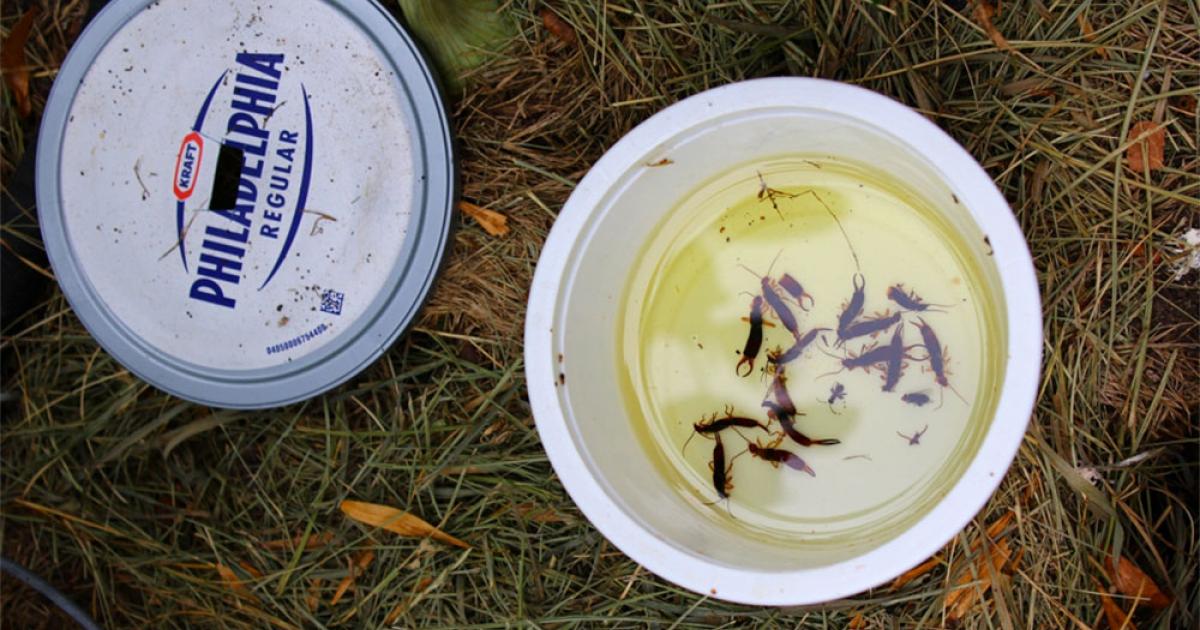Earwig Control
Understanding and Controlling Earwigs in Your Garden and Home
Earwigs, those critters with pincers on their rear ends, are known to invade our homes and gardens. But let’s dispel a common myth right from the start: earwigs won’t crawl into your ear and lay eggs. In fact, earwigs can be both a garden pest and a helper at the same time. They’re beneficial in compost piles and as predators because they eat nuisances like aphids, mites, and undesirable nematodes, as well as other insect larvae. Earwigs are omnivorous, primarily feeding on decaying organic matter and these pest insects. However, they also have a destructive side. They can feast on ornamental and vegetable plants, leaving a trail of damage in their wake. In this blog post, we’ll explore how to identify earwig damage, understand their behavior, and most importantly, learn effective methods for controlling earwigs in your garden and around your home.
The Role of Earwigs in Your Garden Earwigs can be a gardener’s friend or foe, depending on the circumstances. They’re beneficial in some ways as they prey on common garden pests. They eat aphids, mites, and other bothersome insects, making them a natural form of pest control.
Identifying Earwig Damage To effectively manage earwigs, it’s crucial to recognize the signs of their presence. Earwig damage often mimics the damage caused by caterpillars and slugs, so you need to identify the real culprits.
The Lifecycle and Behavior of Earwigs Earwigs exhibit interesting behavior, and understanding their life cycle can be key to controlling them. They are nocturnal, hiding during the day and feeding at night. Female earwigs are particularly attentive to their eggs and nymphs, using their pincers to protect them.

How to Trap Earwigs One effective way to manage earwigs is by using traps. There are various DIY traps you can employ to capture these critters. For example, you can place cat food cans filled with oil near your plants, and empty them daily. Alternatively, crumpled, damp newspaper, old hoses, or cardboard filled with straw can be used as traps. Place these near your plants and dispose of the trapped earwigs in soapy water each morning.
Controlling Earwig Overpopulation If you find that your garden has an overpopulation of earwigs, it’s essential to take further steps. You can create a barrier of diatomaceous earth around your garden beds to deter earwigs. Another eco-friendly option is the use of beneficial nematodes, which can help keep the earwig population in check.
In conclusion, earwigs are intriguing insects with both helpful and destructive qualities. By understanding their behavior and implementing effective control measures, you can strike a balance and keep your garden and home free from earwig-related nuisances.
Remember that earwigs, although sometimes troublesome, are an essential part of the ecosystem. So, when managing them, consider the use of non-lethal methods to ensure a healthy garden and environment.
Now that you’re armed with knowledge about earwigs and their control, you can enjoy a more harmonious garden and home life.
